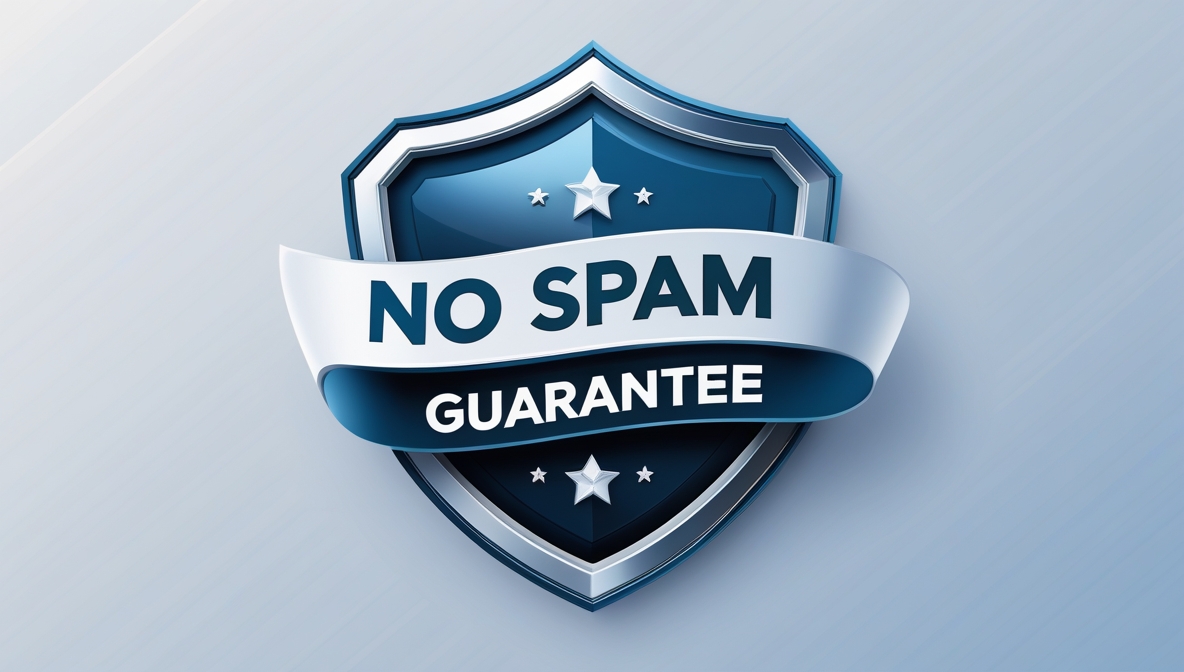Ensuring the security and efficiency of data exchange is paramount. The need for a streamlined and reliable approach to Identity and Access Management (IAM) has never been greater, especially as healthcare organizations work to comply with complex regulations and protect sensitive patient information. Identity management is not merely a technical issue—it has significant implications for privacy, operational efficiency, and overall healthcare outcomes.
Healthcare reform initiatives like the Affordable Care Act and federal funding programs like the Health Information Technology for Economic and Clinical Health (HITECH) Act have spurred a wave of technological advancements. These reforms aim to modernize healthcare infrastructure and improve interoperability across systems. As part of this shift, states are tasked with implementing secure and efficient IAM frameworks to facilitate seamless data sharing between providers, government agencies, and other stakeholders. This broader context underlines the essential role of IAM in achieving a more connected and effective healthcare system.
However, fragmented and inconsistent identity management practices continue to hinder progress. Healthcare organizations often deal with multiple identity silos, resulting in inefficiencies and increased vulnerability to data breaches. These fragmented processes make it difficult to maintain accurate and secure identity credentials, complicating efforts to manage access to sensitive information. Furthermore, the complexity of data use agreements, and the need to comply with stringent privacy laws exacerbate the burden on healthcare IT teams, leaving organizations exposed to risks and compliance failures.
Consider the implications of a security breach involving patient health records. Inaccurate or inconsistent identity verification can lead to unauthorized access, compromise patient confidentiality, and damage public trust. As online healthcare transactions become more prevalent, the potential for fraud and data loss grows, straining already limited resources and increasing operational costs. The stakes are even higher given the regulatory landscape, where failure to comply with laws like HIPAA can result in severe financial and legal consequences. These issues create an urgent need for robust and cohesive IAM solutions to protect data and ensure compliance.
These identity and access management strategies can help by providing practical guidance for addressing these challenges by implementing a unified, standards-based IAM framework. By leveraging federal initiatives and collaborating across agencies, healthcare organizations can streamline identity management processes, improve data security, and reduce operational inefficiencies. Key recommendations include adopting the CMS Medicaid IT Architecture (MITA) framework, integrating legacy systems with modern identity solutions, and employing robust authentication practices to prevent fraud.
Effective Identity and Access Management in Health IT is critical for building a secure and efficient healthcare infrastructure. By following the strategies presented, CIOs and IT leaders can mitigate risks, enhance interoperability, and ensure compliance with regulatory requirements. This document is a vital resource for healthcare organizations striving to optimize their identity management systems, protect patient data, and achieve better health outcomes in a digitally connected world.
Main Contents
- Overview of Identity and Access Management (IAM) in Health IT: An introduction to the role of IAM in ensuring secure and efficient data management across healthcare systems.
- Healthcare Reform and IAM Requirements: Discussion on how federal healthcare initiatives, like the Affordable Care Act and HITECH Act, drive the need for robust IAM frameworks.
- Challenges of Fragmented Identity Management: Analysis of the inefficiencies and risks caused by inconsistent identity practices, including data silos and regulatory compliance difficulties.
- Implications of Security and Privacy Failures: Examination of the potential consequences of inadequate identity management, such as data breaches, fraud, and non-compliance with privacy laws.
- Strategic Solutions for Effective IAM: Detailed strategies for implementing unified IAM frameworks, leveraging federal initiatives, and improving authentication and data security.
Key Takeaways
- IAM is Crucial for Data Security: Effective Identity and Access Management is essential for protecting sensitive healthcare data and ensuring patient confidentiality.
- Healthcare Reforms Drive IAM Needs: Federal initiatives necessitate secure and efficient IAM frameworks to enable data interoperability and streamline healthcare processes.
- Fragmented Practices Increase Risk: Inconsistent identity management leads to inefficiencies and vulnerabilities, exposing organizations to potential data breaches and compliance failures.
- Unified IAM Frameworks Boost Efficiency: Adopting a standards-based IAM approach can reduce operational costs, improve data accuracy, and enhance the overall security profile of healthcare systems.
- Collaboration and Federal Support Are Key: Leveraging federal programs and fostering interagency collaboration can help healthcare organizations successfully implement and manage IAM strategies.
The increasing complexity of healthcare data management and the stringent regulatory requirements present significant challenges for CIOs and IT leaders. Effective Identity and Access Management (IAM) in Health IT is critical for overcoming these obstacles and securing sensitive patient information. These practical, actionable strategies for implementing comprehensive IAM solutions are a valuable resource for healthcare IT leadership.
- Strengthen Data Security: CIOs can use this analysis to develop robust authentication and access controls, ensuring that only authorized individuals can access sensitive patient data and reducing the risk of breaches.
- Enhance Compliance: The strategies outlined in the document help IT leaders navigate regulatory requirements, such as HIPAA, by providing guidelines on maintaining secure and compliant identity management practices.
- Streamline Operations: By addressing identity silos and adopting a unified IAM framework, organizations can reduce inefficiencies, simplify identity management processes, and allocate resources more effectively.
- Leverage Federal Funding: The document explains how to use federal healthcare initiatives, like HITECH and Medicaid IT Architecture (MITA), to secure funding and support for IAM projects.
- Improve Interoperability: IT leaders can apply these solutions to facilitate seamless data exchange across healthcare systems and agencies, enabling better collaboration and more effective patient care.
Using these identity and access management strategies in health IT, CIOs and IT leaders can address security and compliance concerns while improving operational efficiency. By implementing the strategies provided, healthcare organizations can build a more secure, streamlined, and interconnected digital infrastructure that meets the demands of modern healthcare.

